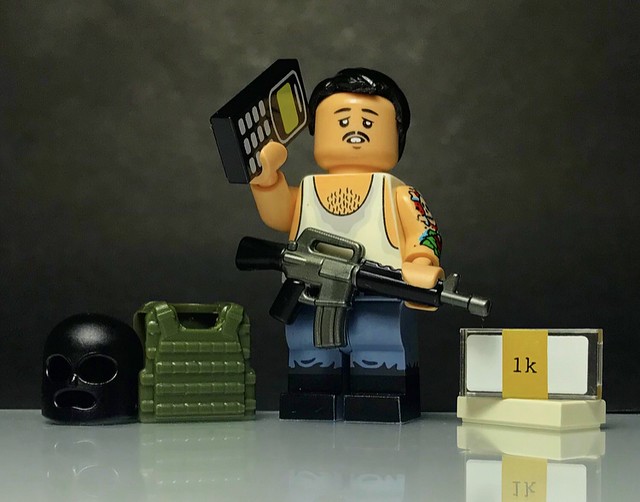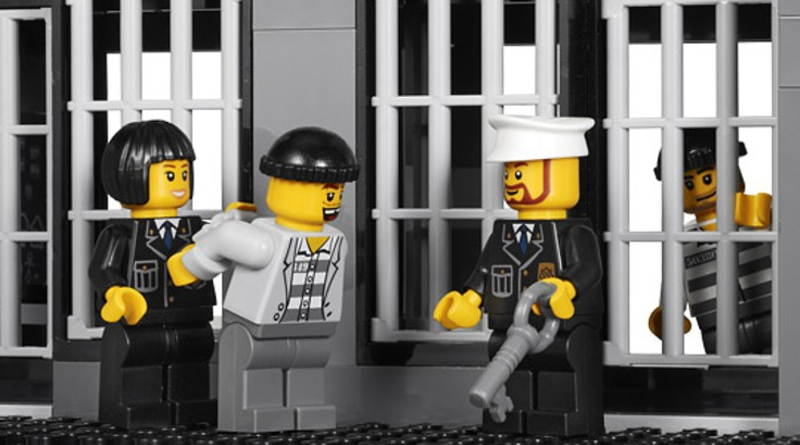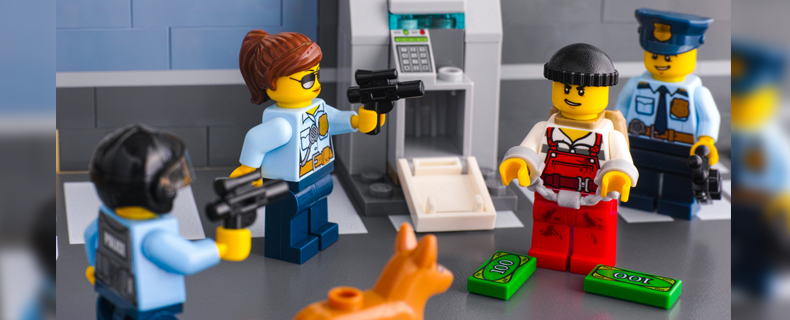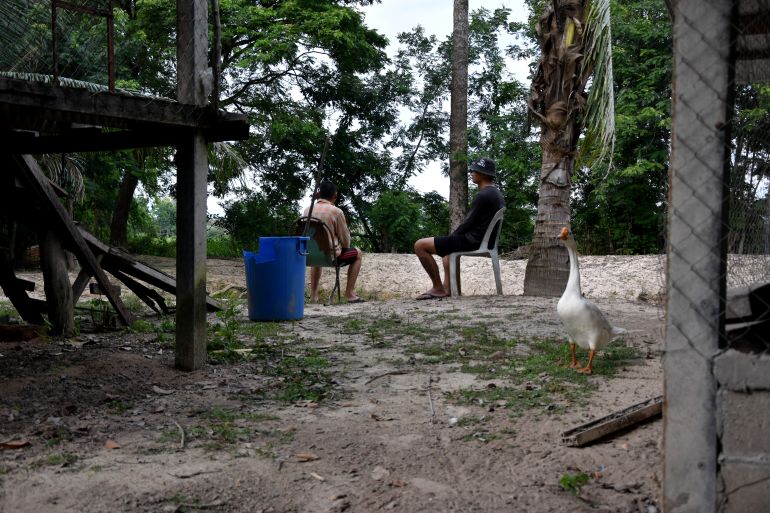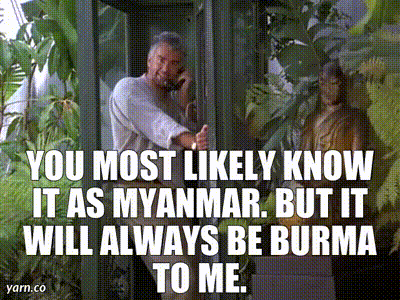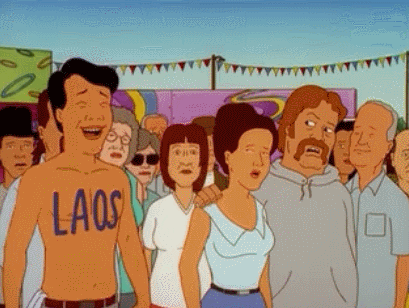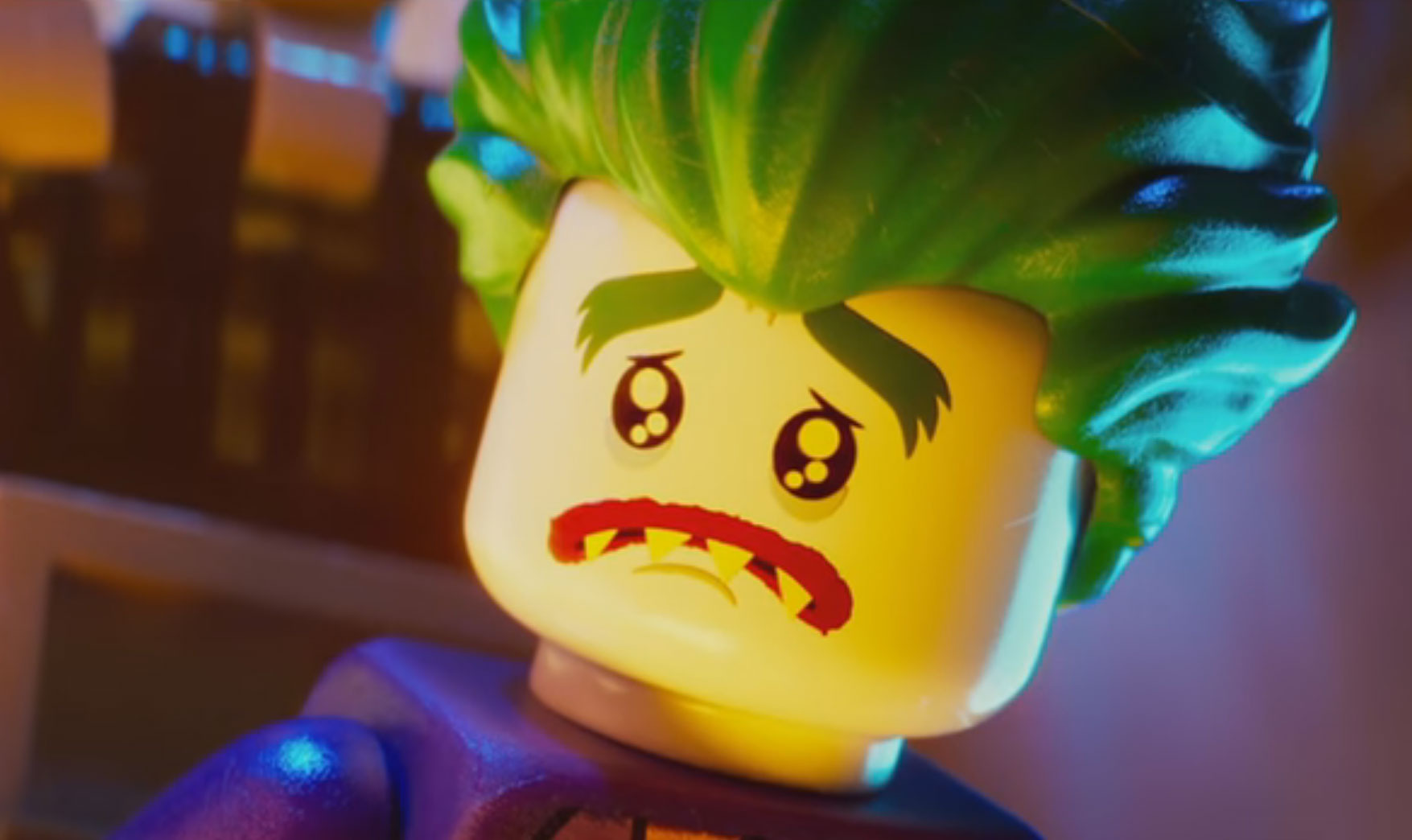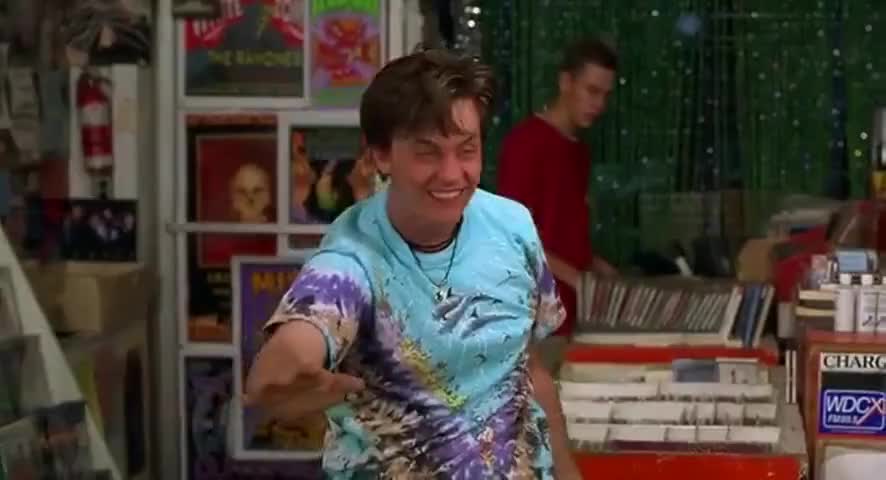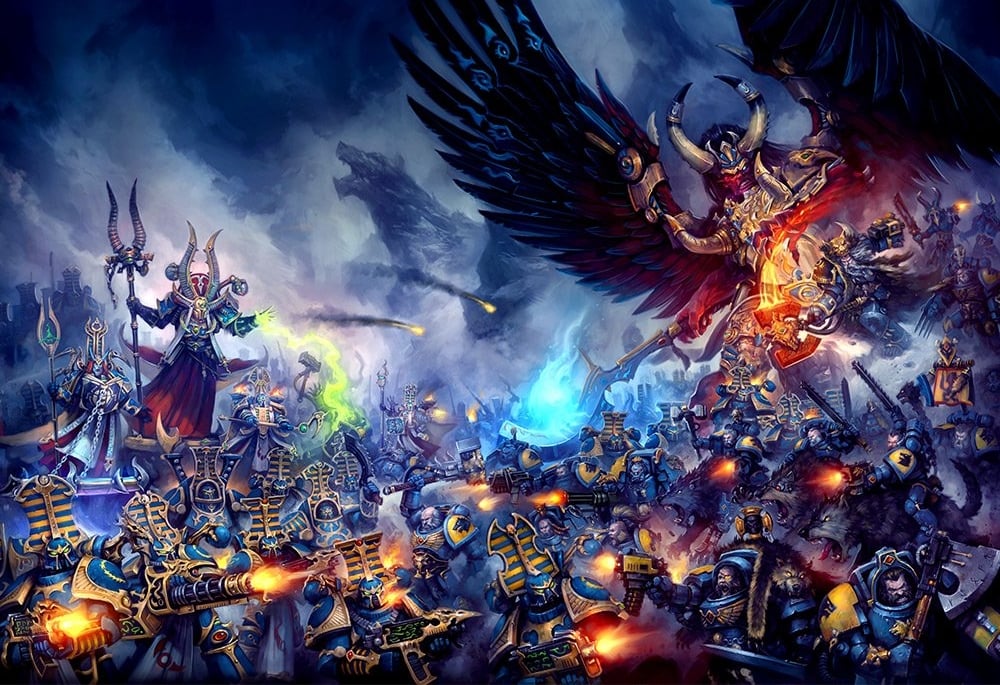- Joined
- Jan 17, 2010
- Messages
- 4,532
- Reaction score
- 5,495
Front-line workers say methamphetamine pills are now being sold for as little as $0.25 each as traffickers flood the country with unprecedented amounts of drugs

By Alastair McCready
Published On 7 Nov 20237 Nov 2023
Vientiane, Laos – Keo remembers the day he consumed so much yaba that he “lost his mind.”
The 37-year-old from Laos took more of the drug – a potent combination of methamphetamine and caffeine – than he had ever done before.
“I took 10 pills and I was totally lost. I didn’t recognise my family, I didn’t even recognise my children,” the father of two told Al Jazeera at the Transformation Center, a drug rehab facility 25km (16 miles) outside the Lao capital Vientiane, where he is receiving treatment.
“I couldn’t sleep at all. I didn’t drink, I didn’t eat. I felt powerful.”
Drug-free for just four days, Keo cut a frail and subdued figure as he explained that yaba, which means “crazy medicine” in Thai, helps him “escape all the thoughts”.
He said it was his family who made him seek help. A yaba user for 17 years, he said the Southeast Asian country’s drug landscape has transformed in that time.
“When I started, drugs were not this common,” he said. “Now there’s more and more; it’s everywhere now, even in Vientiane.”
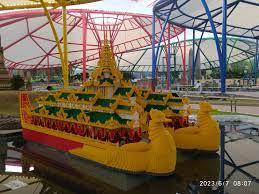
The growing availability of methamphetamine in Laos, as witnessed by drug users like Keo, is part of a nationwide surge in supply that has today reached “unprecedented” levels, United Nations experts told Al Jazeera.
Part of the problem is neighbouring Myanmar, where the 2021 coup has created a violent conflict and a vacuum in law and order that has allowed drug syndicates to thrive.
In Laos, the poorly-resourced police are facing a deluge of narcotics as the country has become a vital trafficking corridor in Asia’s drug trade. The surge has pushed prices down to record lows, with front-line workers saying pills are now being sold for as little as $0.24 cents each –cheaper than most basic necessities like food and water and making the drug affordable to all in one of Asia’s poorest countries.

Bounme, the assistant director at the Transformation Center, one of only two privately-run rehabilitation centres in the country, told Al Jazeera that while “everything got more expensive” in Laos during COVID-19, “drugs got cheaper, a lot cheaper.” He preferred to be identified only by one name.
“Drug users tell me one piece of yaba is 5,000 to 7,000 kip [$0.24 to $0.34] now,” said Bounme, who interviews new patients entering the clinic. “If you buy a pack of 200, you can get it as cheap as 2,500 [$0.12] per pill.”
‘A recipe for disaster’
The Golden Triangle, the remote area in which the borders of Thailand, Myanmar and Laos meet, has long been one of the world’s major drug-producing hotspots. Historically, it was notorious for opium, but recent years have seen drug syndicates turn to producing methamphetamine pills and crystal meth – a distilled, more potent and expensive variety of the drug.
Groups in Myanmar are at the heart of this trade, most prominently Shan state – a war-torn region in the country’s east sharing a long, porous border with Laos. For decades, the drug trade has provided vital funds for ethnic armed groups and military-aligned militias in the troubled state, with narcotics flowing across the border into China, Laos, and Thailand and onto the international market.
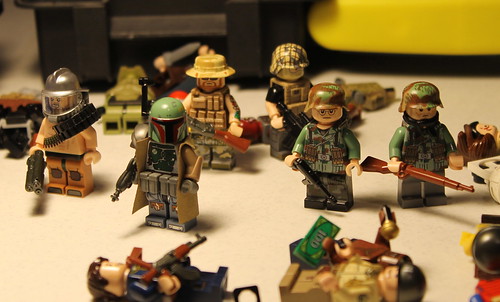
The coup in Myanmar has only accelerated the industry’s output.
The generals’ removal of the democratically-elected National League for Democracy government drove widespread protests and the military’s brutal response pushed the pro-democracy movement into a nationwide armed resistance.
With growing lawlessness and intensified fighting across the country, the anti-narcotics efforts of certain ethnic armed groups and the Myanmar authorities have been hampered. More militias under the command of the military have also reportedly turned to drugs to fund food and salaries for their soldiers.
In Shan state, these post-coup conditions have created a “perfect storm” for drug production, according to Jeremy Douglas, the United Nations Office on Drugs and Crime’s (UNODC) regional representative for Southeast Asia and the Pacific.

By Alastair McCready
Published On 7 Nov 20237 Nov 2023
Vientiane, Laos – Keo remembers the day he consumed so much yaba that he “lost his mind.”
The 37-year-old from Laos took more of the drug – a potent combination of methamphetamine and caffeine – than he had ever done before.
“I took 10 pills and I was totally lost. I didn’t recognise my family, I didn’t even recognise my children,” the father of two told Al Jazeera at the Transformation Center, a drug rehab facility 25km (16 miles) outside the Lao capital Vientiane, where he is receiving treatment.
“I couldn’t sleep at all. I didn’t drink, I didn’t eat. I felt powerful.”
Drug-free for just four days, Keo cut a frail and subdued figure as he explained that yaba, which means “crazy medicine” in Thai, helps him “escape all the thoughts”.
He said it was his family who made him seek help. A yaba user for 17 years, he said the Southeast Asian country’s drug landscape has transformed in that time.
“When I started, drugs were not this common,” he said. “Now there’s more and more; it’s everywhere now, even in Vientiane.”
The growing availability of methamphetamine in Laos, as witnessed by drug users like Keo, is part of a nationwide surge in supply that has today reached “unprecedented” levels, United Nations experts told Al Jazeera.
Part of the problem is neighbouring Myanmar, where the 2021 coup has created a violent conflict and a vacuum in law and order that has allowed drug syndicates to thrive.
In Laos, the poorly-resourced police are facing a deluge of narcotics as the country has become a vital trafficking corridor in Asia’s drug trade. The surge has pushed prices down to record lows, with front-line workers saying pills are now being sold for as little as $0.24 cents each –cheaper than most basic necessities like food and water and making the drug affordable to all in one of Asia’s poorest countries.

Bounme, the assistant director at the Transformation Center, one of only two privately-run rehabilitation centres in the country, told Al Jazeera that while “everything got more expensive” in Laos during COVID-19, “drugs got cheaper, a lot cheaper.” He preferred to be identified only by one name.
“Drug users tell me one piece of yaba is 5,000 to 7,000 kip [$0.24 to $0.34] now,” said Bounme, who interviews new patients entering the clinic. “If you buy a pack of 200, you can get it as cheap as 2,500 [$0.12] per pill.”
‘A recipe for disaster’
The Golden Triangle, the remote area in which the borders of Thailand, Myanmar and Laos meet, has long been one of the world’s major drug-producing hotspots. Historically, it was notorious for opium, but recent years have seen drug syndicates turn to producing methamphetamine pills and crystal meth – a distilled, more potent and expensive variety of the drug.
Groups in Myanmar are at the heart of this trade, most prominently Shan state – a war-torn region in the country’s east sharing a long, porous border with Laos. For decades, the drug trade has provided vital funds for ethnic armed groups and military-aligned militias in the troubled state, with narcotics flowing across the border into China, Laos, and Thailand and onto the international market.

The coup in Myanmar has only accelerated the industry’s output.
The generals’ removal of the democratically-elected National League for Democracy government drove widespread protests and the military’s brutal response pushed the pro-democracy movement into a nationwide armed resistance.
With growing lawlessness and intensified fighting across the country, the anti-narcotics efforts of certain ethnic armed groups and the Myanmar authorities have been hampered. More militias under the command of the military have also reportedly turned to drugs to fund food and salaries for their soldiers.
In Shan state, these post-coup conditions have created a “perfect storm” for drug production, according to Jeremy Douglas, the United Nations Office on Drugs and Crime’s (UNODC) regional representative for Southeast Asia and the Pacific.



